
Black may be “in” or fashionable but when it comes to Irish Setters, black is not allowed. They have very silky coats that come in varying shades of chestnut to mahogany. Some young dogs from this breed may have silvery-gray hair behind the legs and ears but it gradually goes away as the dog grows older. Irish Setters have triangular ears – soft to the touch, low set and long. Their legs are strong and muscular. It is also interesting to note that the dog’s body is only slightly longer than its tail. The length of their muzzle is equal to half the length of the entire head. Their noses are either black or brown in color with a straight nasal canal. An Irish Setter’s jaws have a tight fitting arch. Their eyes are usually dark hazel or chestnut with a very prominent stop. They carry their fringed tails horizontally.
Life Expectancy:
11-14 years
Energy Level:
Average.
Living Conditions:
Not for apartments. Best suited for country life.
Barking:
Average.
Exercise Needs:
Long daily walk and yard play.
Breed Group:
Sporting
Size:
Medium-Large
Height:
24-28 inches
Weight:
55-75 pounds
Standard Hair Colors:
Rich shades of chestnut to mahogany, with splashes of white on the chest and
feet.
National breed club:
The Irish Setter Club of America
Originally called Irish Red Setter in the United States, Irish Setters were derived from a variety of setters, spaniels, and pointers. They are an all-around hunting dog with an excellent nose and extraordinary skills on the terrain. However, most breeders choose them more for their looks than hunting ability. Today, an Irish Setter’s skills include hunting, tracking, pointing, retrieving, guarding, agility, and competitive obedience.
These dogs can easily be housebroken. They make excellent pets – both field and show lines, though field lines generally need more activity and exercise. Though they can easily be housebroken, it is still important to train them for good house manners. This breed is energetic, affectionate, intelligent, high-spirited, and full of energy. Irish Setters are responsive yet sensitive. They get along well with other animals, excellent with children and have no guarding instincts. Most of them are reserved though some can be high-strung and giddy. They are very lovable and impulsive. Irish Setters have excellent sense of smell, are extremely swift, and hardy over any terrain and in any climate. They tend to pick up bad habits quickly so it is very important to train them firmly at an early age to prevent development of bad habits.
They should be given plenty of exercise, otherwise they get restless. Long daily walk and yard play required.
Irish Setters will do best with a large yard. They cannot be placed in an apartment because they have a high level of activity requirement. They need lots of exercise and are best suited to the country life rather than city life.
Irish Setters are average shedders, Bathe and shampoo only when necessary. Keep it free from tangles and burrs, and be sure to give it extra care when molting.
They have weight issues and have the tendency to get bloated. Instead of giving them one big meal for the day, it is wise to feed them 2 to 3 small meals a day. They are also prone to suffer eye problems and elbow and hip dysplasia. Dog owners of Irish Setters should also watch out for PRA, auto-immune disease and hypothyroidism. They are also particularly prone to skin allergies and epilepsy.
...you would also like the English Setter which share many similar characteristics
and are both ancestors of the Spanish pointer.
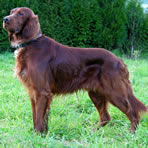
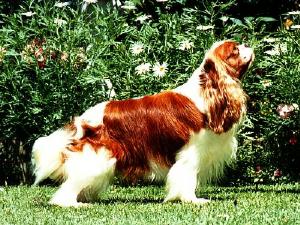 Cavalier King Charles Spaniel
Cavalier King
Cavalier King Charles Spaniel
Cavalier King
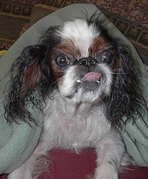 English Toy Spaniels: A guide to dogs and puppies of the English Toy Spaniel breed
The English Toy Spaniel!
The English Toy Spaniel is a sturd
English Toy Spaniels: A guide to dogs and puppies of the English Toy Spaniel breed
The English Toy Spaniel!
The English Toy Spaniel is a sturd
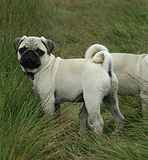 Pugs: A guide to dogs and puppies of the Pug breed
The Pug!
The Pug is a sturdy, compact, squarely proportione
Pugs: A guide to dogs and puppies of the Pug breed
The Pug!
The Pug is a sturdy, compact, squarely proportione
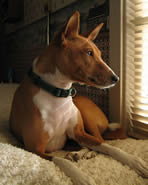 Basenjis: A guide to dogs and puppies of the Basenji breed
The Basenji!
The Basenji, also known as the Congo dog, is a
Basenjis: A guide to dogs and puppies of the Basenji breed
The Basenji!
The Basenji, also known as the Congo dog, is a
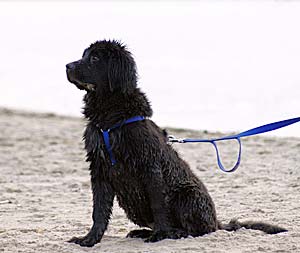 Newfoundland
Newfoundland
Newfoundland
Newfoundland
Copyright © 2005-2016 Pet Information All Rights Reserved
Contact us: www162date@outlook.com